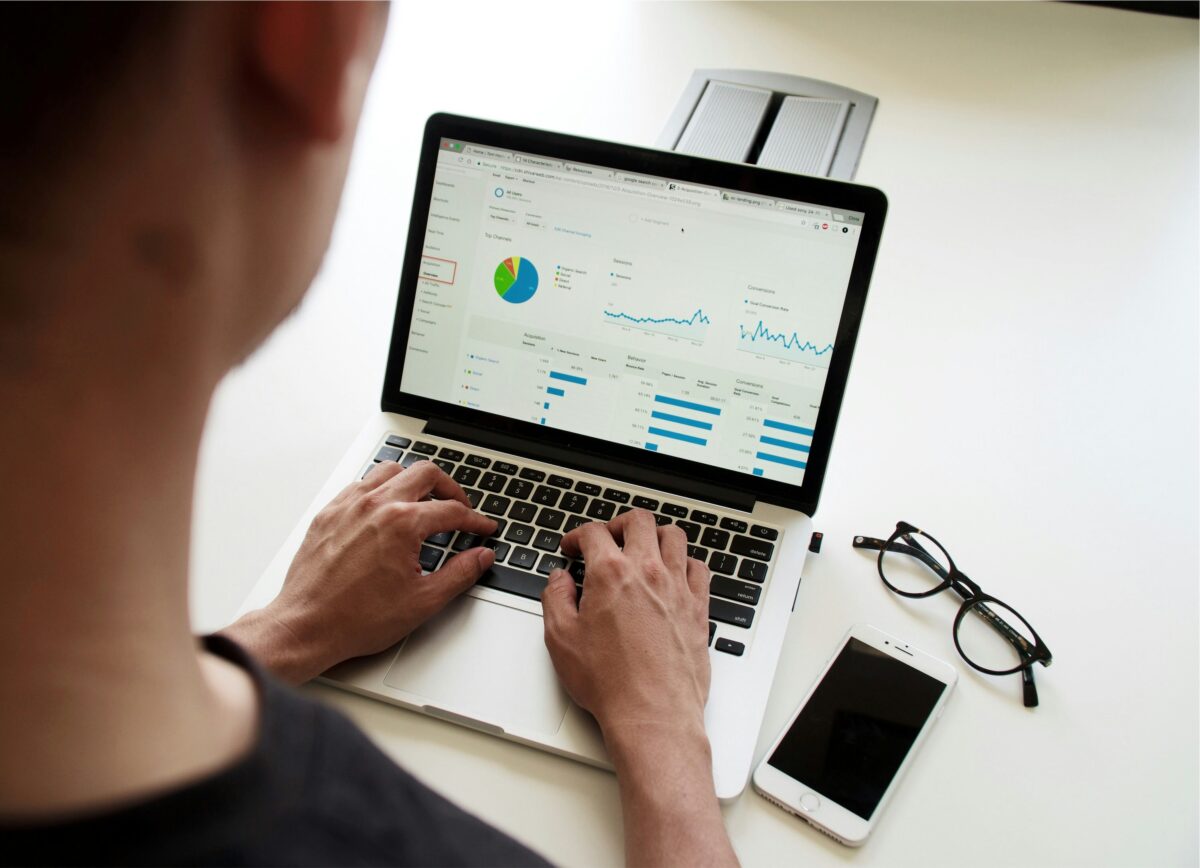Is a Dashboard Right for You?
5/12/25 / Sam Keating


In recent years, dashboards—dynamic visual tools that allow you to explore and interact with data—have become increasingly popular in place of (or in addition to) static reports. They typically have one or more filters, allowing you to narrow down findings from a research project or evaluation to specific demographic groups or key segments. For example, say you’re a nonprofit running an after-school program and you want to see results of your evaluation at the site-level. A dashboard would allow you to apply this filter on your own (rather than needing it included in a static report).
So, how do you know if a dashboard is right for you and your organization? Let’s look at some of the benefits of using a dashboard.
Dashboards – What are they good for?
Efficient Customization
To use the example above, if you’re running a program that operates at several different sites, you may want reports at the site-level to provide to individual program coordinators running those programs, rather than just overall findings for the program as a whole. A static report can provide this, but it would involve pages of findings, which you would then need to distribute to each individual program coordinator. With a dashboard, however, you could have a single page of graphs and filter the results by site. Rather than distributing the pages of individualized reports, you could instead distribute a link to your staff, allowing them to filter the results for their specific programs, and compare them to others. The value of this goes beyond nonprofit programs—results by route for a bus system, by gate for an airport, or by department in a large organization.
User-Friendly Reporting
If a 60+ page report feels daunting to you or to your staff, or if a 60+ page report gets circulated but never really read, then a dashboard might be a good choice for your organization. A dashboard can provide much of the same information as a static report, but it can do so in a more “bite-sized” layout. With the use of filters, users have a choice in how granular they want to get in their exploration of the data. If they’d prefer to stay high-level, never looking at results by segment, they can easily do that with the default settings of a dashboard. However, if you have a staff member who wants to get deeper in the details, that option is available to them, as well, through the use of filters. Regardless of the type of research user, a dashboard can be a more user-friendly tool than a 60+ page static report.
Public-Facing or Member-Only Data
Dashboards can be embedded and interacted with on any website, so if your organization has a need for a report to be public-facing, then a dashboard could be a good option. Additionally, if you want your data to be behind a paywall (for example, accessible by members only), it can be embedded on a webpage behind a login screen. This can be especially useful to prevent PDFs of reports from being circulated by members (or other paying customers) to non-members.
Real-Time Data/Periodically Updated Data
Finally, if your organization has a need for real-time data (or periodically updated data), a dashboard could be a better choice than a static report. Many dashboard platforms can be linked to survey platforms, meaning that as survey responses are updated, the dashboard is updated as well. Even in cases where these links may not exist, periodically updating data manually is a simpler and more efficient process in a dashboard compared to a static report.
If you’re interested and want to explore further, check out this sample dashboard about our home state, using data from the Colorado State Demography Office. And if you’re ready to talk about whether a dashboard is right for your organization, contact us here.